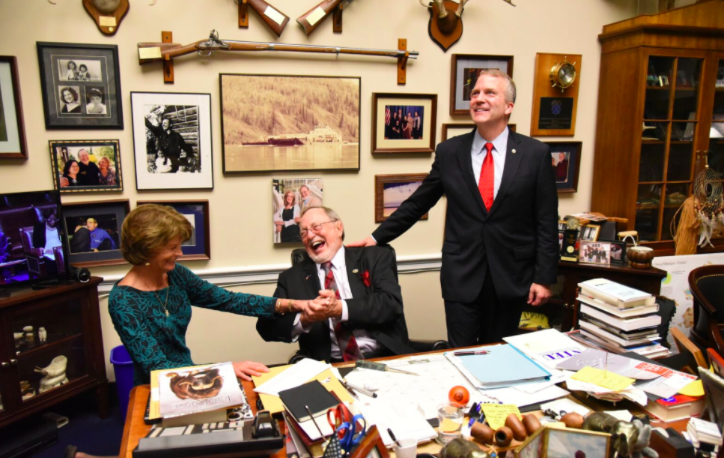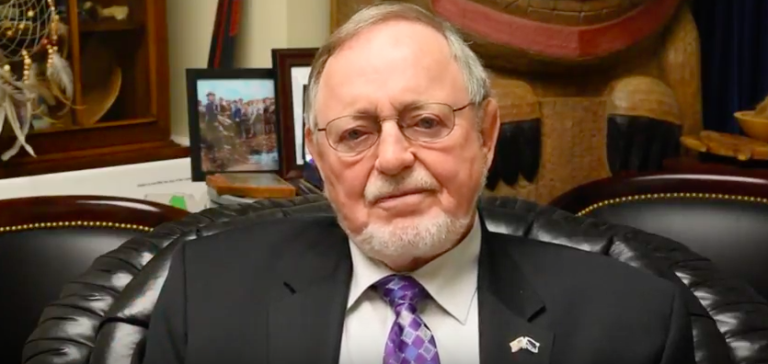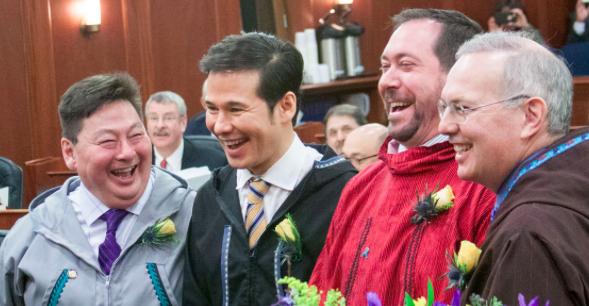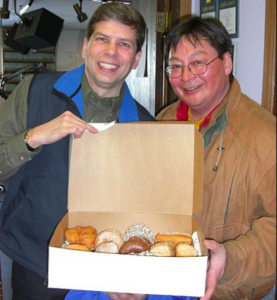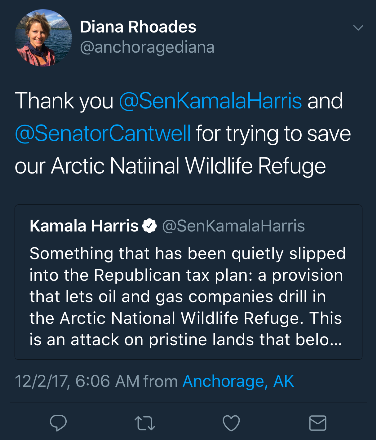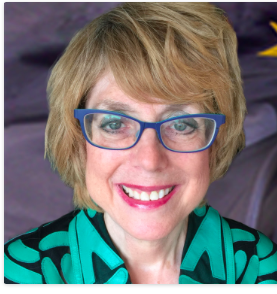SPLC POURS ON HATE IN THE NAME OF GENDER-NEUTRAL BATHROOMS
The Southern Poverty Law Center has singled out the Alaska Family Council for special condemnation in an accusatory screed published this week, describing the history of an initiative that will appear in April on the Anchorage municipal election ballot.
Protect Our Privacy initiative would allow businesses, nonprofits and churches to keep men’s and women’s bathrooms, changing rooms, and bathing facilities separate. If the businesses so choose, and as they have always done.
The Protect Our Privacy initiative would require municipally owned facilities like the Loussac Library to segregate their bathrooms based on biological sex as determined at birth, so that people using the facilities have a right to physical privacy that includes the right to not be seen in various states of undress by members of the opposite sex.
Voters will decide this matter in Anchorage on April 3, 2018, and the battle of ideas has begun with a particularly ugly salvo by the Southern Poverty Law Center.
The Alaska Family Council’s explanation of the initiative can be found here.
The SPLC story on Alaska Family Council’s efforts can be found here.
In the opinion, the SPLC calls the council an extreme right-wing group that has partnered with the Alliance Defending Freedom, a group that the SPLC lists as a hate group.
Jim Minnery, the head of Alaska Family Council, was not aware that the Southern Poverty Law Center had singled him out, but he wasn’t surprised. He’s been targeted by hateful rhetoric before because he defends religious liberty.
THE ‘HATE GROUP’ IS AT THE SUPREME COURT TODAY
The SPLC’s story was published one day before the SPLC-labeled hate group Alliance Defending Freedom is appearing in front of the U.S. Supreme Court.
The case began today, and ADF is defending the right of a Colorado baker to refuse to bake wedding cakes for gay weddings, because he is a traditionalist Christian who believes marriage is between men and women.
Alliance Defending Freedom attorney Kristen Waggoner is representing cake artist Jack Phillips and is asking the judges to uphold Phillips’ artistic freedom. Evidently in these times artistic freedom is easier to defend than religious freedom.
[Read Amy Howe’s account of the Supreme Court hearing today]
Five years ago, Phillips turned down an offer to design a wedding cake for a same-sex couple. The couple sued. He offered to sell them anything else in his store, Masterpiece Cakeshop, and even to create a cake for them for a different event.
Phillips said his faith is primary in his life. He became a Christian later in life, but there’s been no going back for him.
Justice Anthony Kennedy, the Supreme Court’s most gay-rights-sympathetic judge, said, “Tolerance is essential in a free society. Tolerance is most meaningful when it’s mutual. It seems to me the state [of Colorado] in its position has been neither tolerant nor respectful of Mr. Phillips’ religious beliefs.”
LICENSE TO KILL?
SPLC has targeted other conservative groups as “hate groups,” and the group’s list has served as a dog whistle for leftists to go after the groups named and create fear and terror among those who disagree with the SPLC.
In 2012, Floyd Lee Corkins, a 28-year-old gay rights volunteer walked into the Washington headquarters of the Family Research Council with a 9-millimeter handgun and a bag with 15 Chick-fil-A sandwiches. He planned to shoot everyone in range and stuff the sandwiches in their dead mouths, but a security guard was able to stop him. Later, Corkins said he had gotten the “hate group” map from the Southern Poverty Law Center’s web site and found FRC on the list.
SPLC says that groups like Family Research Council and Alliance Defending Freedom use “incendiary name-calling and demonizing lies” that define “hate” groups — just like the Ku Klux Klan and Aryan Nation groups.
But the story posted on the Southern Poverty Law Center’s website is arguably incendiary, enough so that a reasonable person might ask, “Has the Southern Poverty Law Center become a hate group? Is SPLC inciting violence with name-calling and by demonizing conservative Christians? And how long will it be before it puts Alaska Family Council in the crosshairs for extremists by adding AFC to its list of hate groups?”
[Editor’s note: Alaska Family Council is an advertiser on Must Read Alaska but had no input into this story other than MRAK asking Jim Minnery if he was aware of the Southern Poverty Law Center’s story.]
